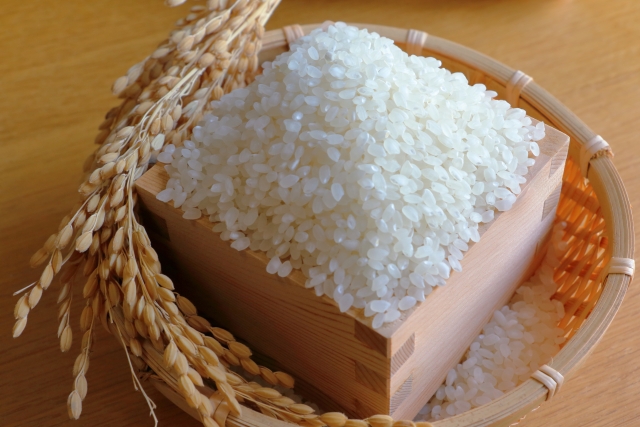In Japan, rice is more than just a staple food — it’s a symbol of life, gratitude, and seasonal change. Every autumn, the arrival of shinmai , or “newly harvested rice,” is celebrated across the country.
When New Rice Arrives
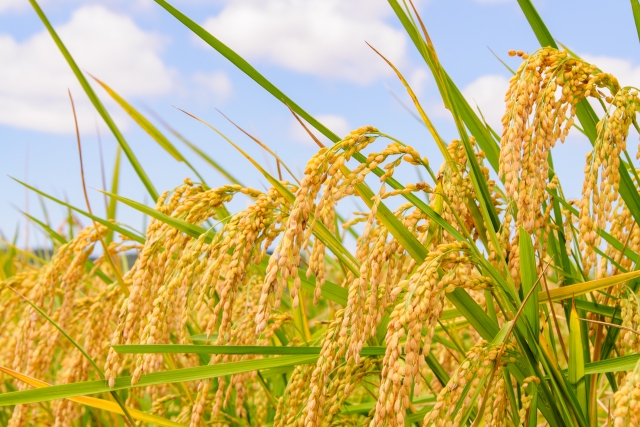
Harvest begins in southern Japan around early August and slowly moves northward. By the time Hokkaido finishes in October, the entire country is surrounded by the scent of fresh rice.
Thanks to Japan’s advanced storage and milling systems, rice quality remains high throughout the year. Even rice that’s a year old still tastes good — but shinmai stands apart. It’s softer, glossier, and has a sweetness that’s instantly recognizable.
The Heart of Every Japanese Meal
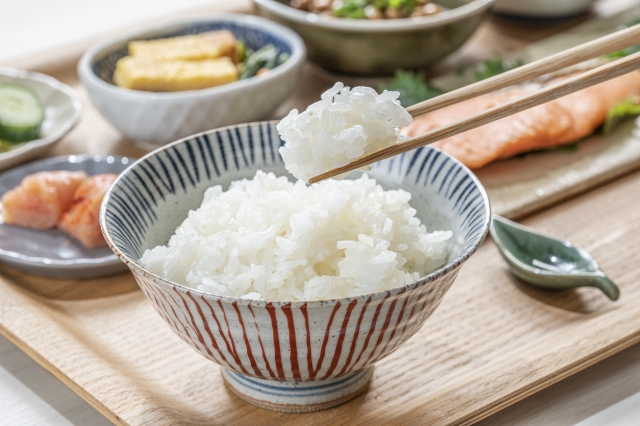
In Japan, rice isn’t a side dish — it’s the heart of the meal. Other foods are often called okazu, meaning “something to go with rice.”
This mindset shows how deeply rice is woven into daily life and culture.
A meal without rice simply feels incomplete to many Japanese people.
How to Enjoy Shinmai
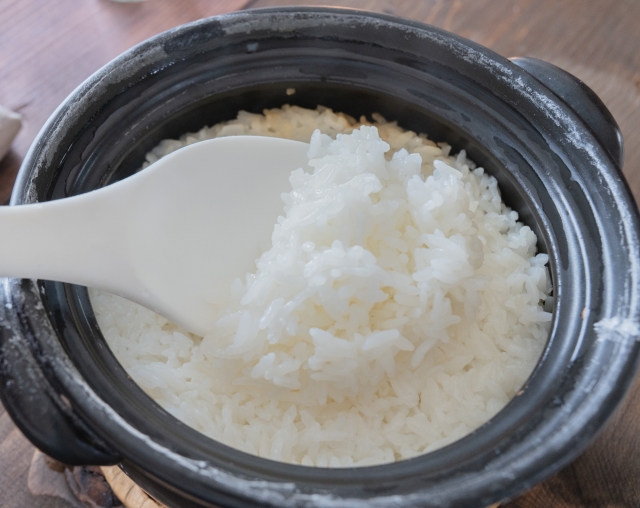
The best way to taste new rice is the simplest: cook it with only water. No seasoning, no garnish — just the pure aroma and flavor of freshly harvested rice.
Each grain shines like tiny pearls, slightly sticky and delicately sweet. The more you chew, the richer the flavor becomes.
When supermarkets announce the arrival of shinmai, it marks the beginning of Japan’s autumn feast. People look forward to pairing it with seasonal dishes — grilled fish, chestnuts, mushrooms, and other mountain or sea delicacies.
“New Rice” Is a Seasonal Word
The excitement of shinmai doesn’t last forever. The word “new” is only used until the end of the year. Once January comes, the same rice is simply called “rice.” This short window makes the taste — and the experience — feel even more special.
Rice Milling and Freshness
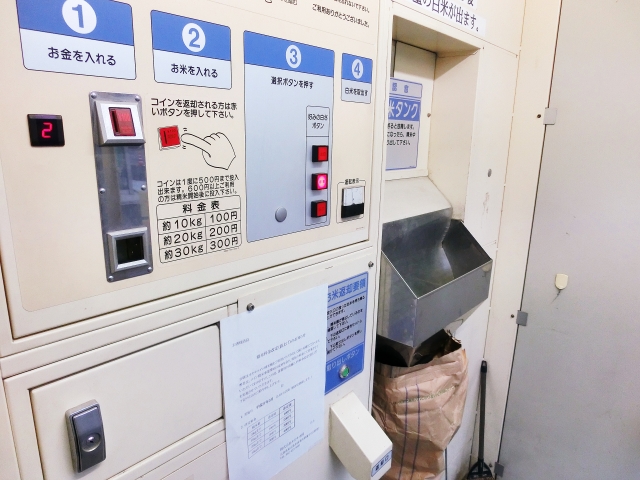
Rice stays best in its husk. Many people in Japan mill their rice right before cooking it to enjoy maximum freshness. You can even find coin-operated rice polishers at supermarkets or buy small home-use machines.
Brown Rice and a Humble Habit
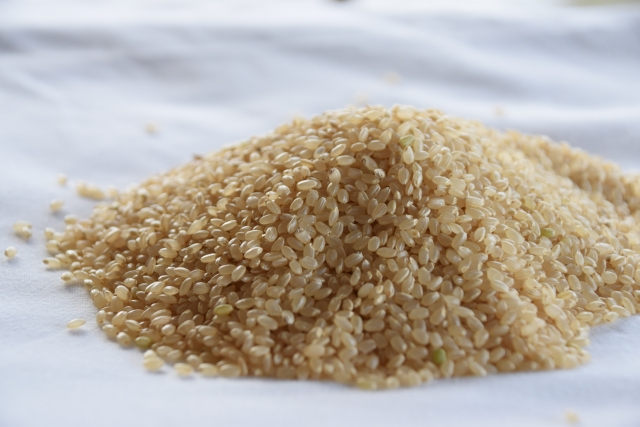
When polishing rice, you can choose how much to remove — from light brown to pure white. Recently, more people are choosing to eat brown rice (genmai) for its nutrients and fiber, a return to Japan’s humble and sustainable eating habits.
Editor’s Note
Every autumn, I buy a small bag of shinmai from a local shop, cook it plain, and take the first bite in silence. It’s a simple ritual, but somehow it feels like tasting the season itself — warm, sweet, and fleeting.
Whether white or brown, rice connects the Japanese people to the land and to each other. And for a few months each year, shinmai reminds everyone to be grateful for a simple bowl of rice — fresh from the harvest.

